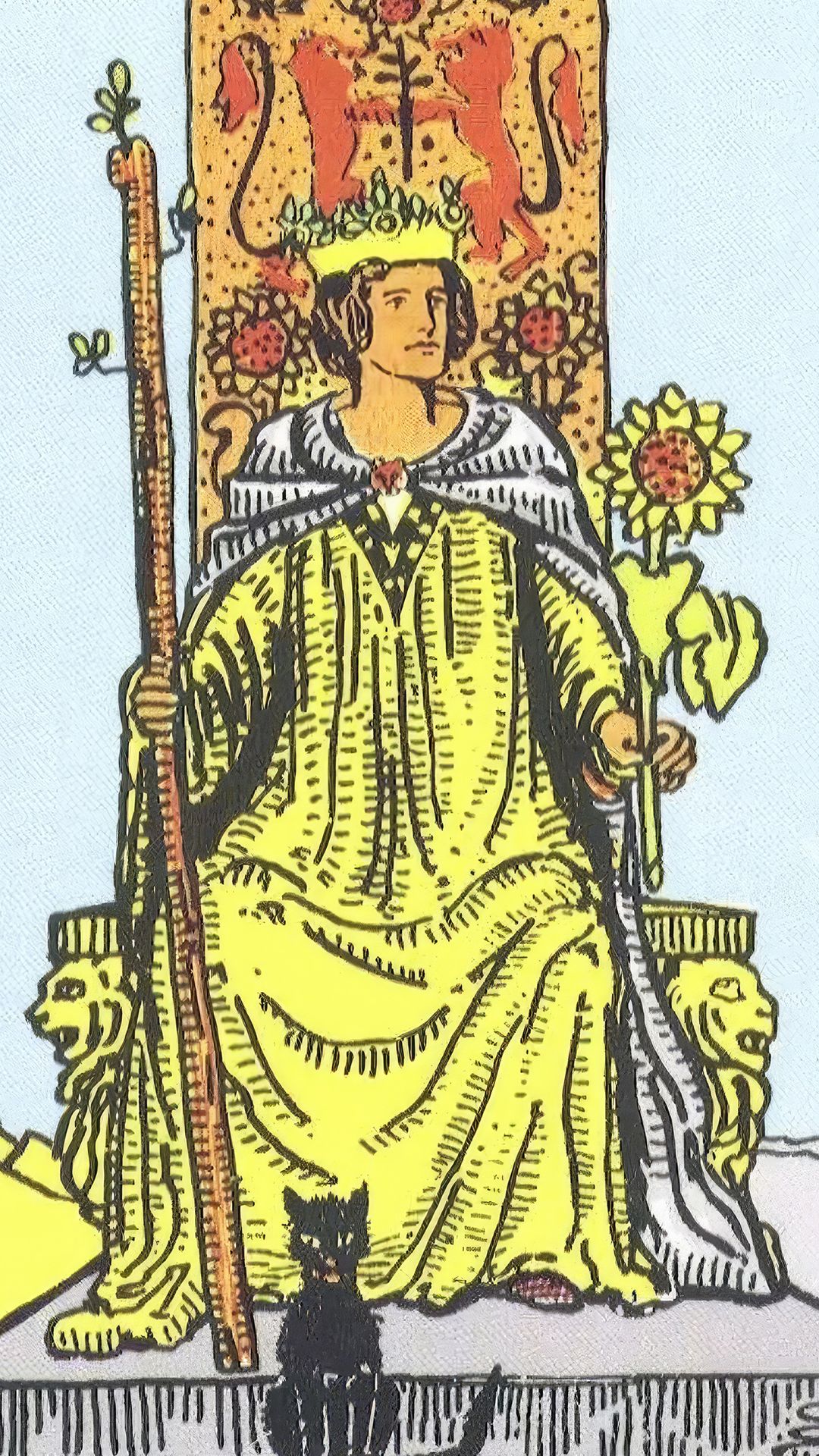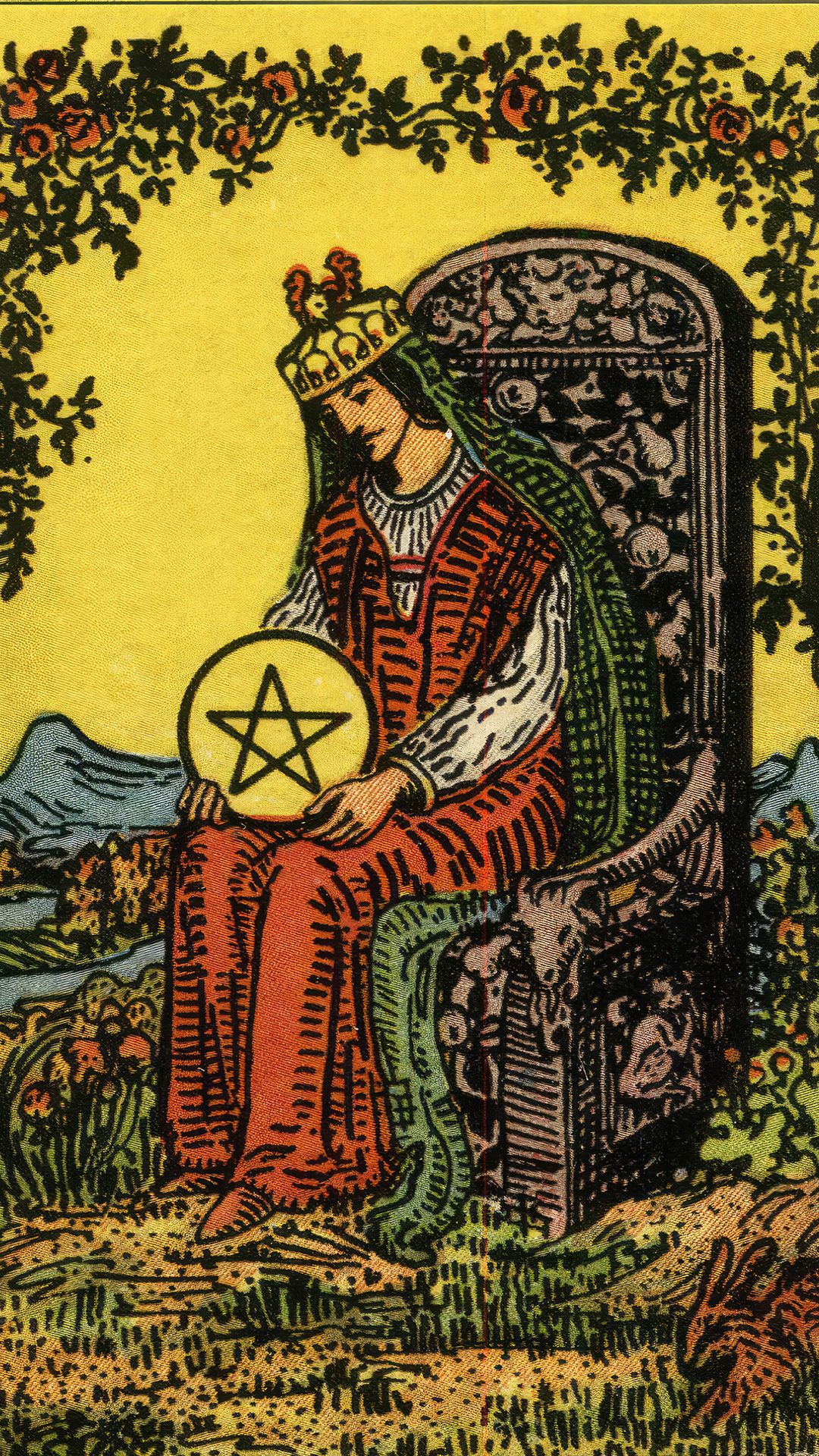Combination of card Queen of Wands and card Queen of Pentacles
The union of the Queen of Wands and the Queen of Pentacles in direct positions is a true powerhouse partnership. These two rulers of their respective elements complement each other like fire and earth. One ignites the spark of inspiration, while the other transforms it into tangible results. This combination often emerges in people who can blend creative drive with practicality. In business, it brings not just brilliant ideas but also steady profits – and in family life, a harmonious balance between passion and reliability.
Combination of card Queen of Wands and reversed card Queen of Pentacles
The Queen of Wands upright next to the reversed Queen of Pentacles creates seriously unbalanced energy. It's like a powerful engine running idle – lots of heat, but zero payoff. All that enthusiasm and fire crashes headfirst into stubborn obstacles. In real life, you'll see this play out when brilliant ideas get buried under financial chaos, or when business savvy completely fails you at the worst possible moment.
Combination of reversed card Queen of Wands and card Queen of Pentacles
The reversed Queen of Wands alongside the upright Queen of Pentacles reveals some serious inner conflict. Here, wild impulses clash with cold calculation, rash moves against steady pragmatism. This combination pops up constantly in workplace drama, where battling egos completely derail team progress. Or in relationships – when one partner desperately needs stability while the other can't stop chasing the next big adventure.
Combination of reversed card Queen of Wands and reversed card Queen of Pentacles
Both queens reversed spell serious trouble – it's inner conflict at its messiest. The aggressive impulses of Wands slam into the dead weight of Pentacles, creating total emotional gridlock. One moment you're charging ahead recklessly, the next you're completely paralyzed. This psychological chaos is absolutely draining. At work, it shows up as projects that never get finished, while in your personal life it's those inexplicable mood swings that leave everyone walking on eggshells.

